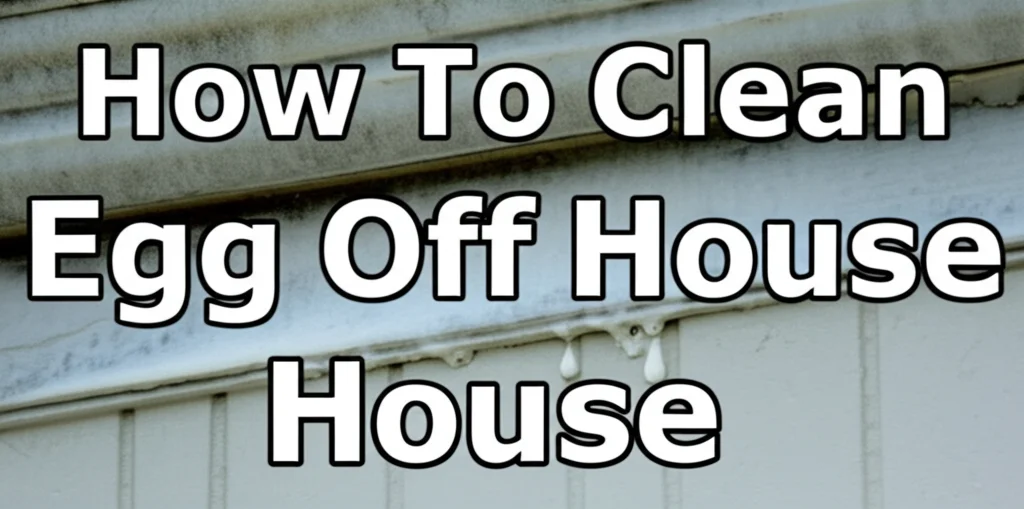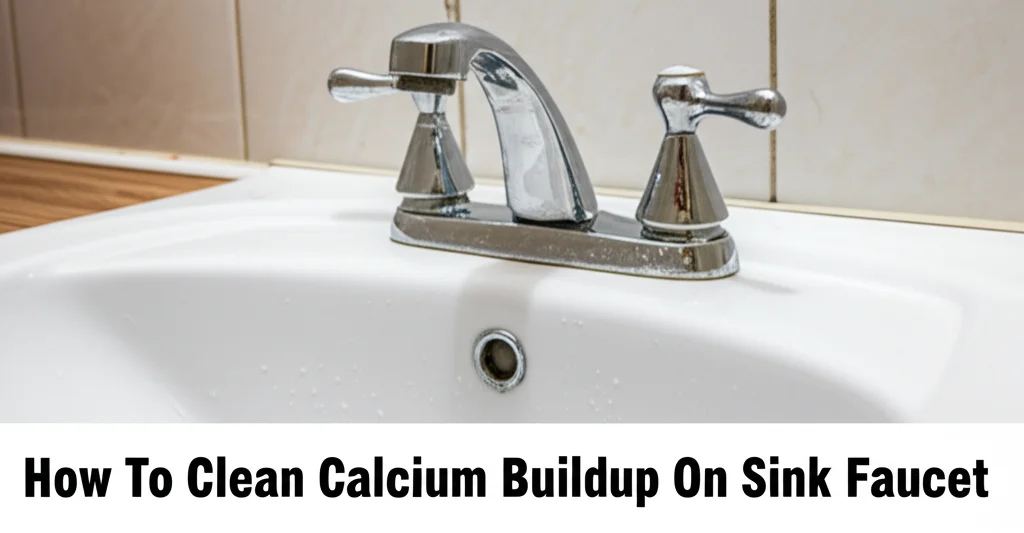· Home Cleaning · 6 min read
how to clean egg off a house

How to Clean Egg Off a House: A Complete Guide
Ever found your house decorated with a sticky, smelly surprise? Dealing with egg thrown at your home is frustrating, but thankfully, it’s usually manageable. This guide will walk you through how to clean egg off a house, covering different surfaces and offering effective methods to restore your home’s appearance. We’ll cover everything from quick removal to preventing lingering odors. Let’s get started and get your house looking fresh again!
Quick Answer: To clean egg off a house, gently remove the bulk of the egg with a plastic scraper, then wash the area with a mild detergent and water. Rinse thoroughly and repeat if necessary. For stubborn residue, a vinegar solution can help.
Takeaway:
- Remove the egg quickly to prevent it from drying.
- Use gentle methods to avoid damaging surfaces.
- Thorough rinsing is crucial to eliminate odors.
Understanding the Mess: Why Egg is Tricky to Clean
Egg isn’t just a simple splatter; it’s a complex mixture of proteins, fats, and sometimes shell fragments. This composition makes it stick stubbornly to various surfaces. The longer the egg sits, the harder it becomes to remove, and the more likely it is to leave behind a lingering odor. Different surfaces also react differently to egg, requiring tailored cleaning approaches. Knowing this helps you choose the right method and avoid causing damage. Let’s explore how to tackle this mess effectively.
Immediate Action: Removing the Bulk of the Egg
The first step in cleaning egg off your house is to remove as much of the egg as possible before it dries. Dried egg is significantly harder to deal with. Use a plastic scraper, like a putty knife or even a credit card, to gently lift the egg off the surface. Avoid using metal tools, as these can scratch paint, siding, or windows. Work carefully and methodically, starting from the edges of the egg splatter and moving inwards. This prevents spreading the mess further.
Cleaning Different Exterior Surfaces
Different materials require different cleaning approaches. Here’s how to tackle egg on common exterior surfaces:
Brick and Stone
Brick and stone are relatively porous, meaning egg can seep into the surface. Start by rinsing the area with a hose to remove loose egg. Then, create a solution of mild dish soap and warm water. Scrub the affected area with a soft-bristled brush, working in circular motions. Rinse thoroughly. For stubborn stains, you can try a paste of baking soda and water, letting it sit for 15-20 minutes before rinsing. If the stain persists, consider a commercial brick cleaner, following the manufacturer’s instructions carefully. You can find more information on maintaining brick exteriors here.
Siding (Vinyl, Wood, Aluminum)
Vinyl siding is generally easy to clean. Use the same dish soap and water solution as with brick, and a soft brush or sponge. For wood siding, be more cautious, as it’s more susceptible to damage. Avoid harsh chemicals and excessive scrubbing. Aluminum siding can also be cleaned with dish soap and water, but avoid abrasive cleaners that can dull the finish. Always test any cleaning solution in an inconspicuous area first. Remember to rinse thoroughly to prevent soap residue.
Windows and Glass Doors
Egg on windows can be particularly messy. Gently scrape off the bulk of the egg with a plastic scraper. Then, use a glass cleaner and a microfiber cloth to wipe the surface clean. For stubborn residue, a solution of equal parts white vinegar and water can be effective. Spray the solution onto the glass, let it sit for a few minutes, then wipe clean. Avoid using abrasive cleaners, as they can scratch the glass. You might also find tips for sparkling windows here.
Painted Surfaces
Painted surfaces require a gentle touch. Start with warm water and mild dish soap. Use a soft sponge or cloth to gently wipe the area. Avoid harsh scrubbing, as this can remove the paint. If the egg is dried, you can try soaking the area with a damp cloth for a few minutes before cleaning. A vinegar solution (1 part vinegar to 10 parts water) can also help, but test it in an inconspicuous area first.
Dealing with Lingering Odors
Even after removing the visible egg, a lingering odor can be a problem. Egg contains sulfur compounds that create a distinct, unpleasant smell. Here’s how to combat it:
Vinegar Solution
Vinegar is a natural odor neutralizer. Mix equal parts white vinegar and water in a spray bottle. Spray the affected area generously and let it sit for 15-30 minutes. Then, rinse thoroughly with clean water.
Baking Soda
Baking soda is another excellent odor absorber. Sprinkle baking soda over the affected area and let it sit overnight. Then, vacuum or sweep it up.
Enzyme Cleaners
Enzyme cleaners are specifically designed to break down organic matter, including egg proteins. These are particularly effective for stubborn odors. Follow the manufacturer’s instructions carefully.
Preventing Future Egg-cidents
While you can’t completely prevent someone from throwing an egg at your house, you can take steps to minimize the damage and make cleanup easier. Consider these preventative measures:
- Security Cameras: Installing security cameras can deter potential vandals and provide evidence if an incident occurs.
- Motion-Activated Lights: Motion-activated lights can startle potential vandals and make them think twice.
- Landscaping: Trim bushes and trees that provide cover for vandals.
- Prompt Cleanup: If an egg does get thrown, clean it up as quickly as possible to prevent it from drying and causing lasting damage.
FAQ: Your Egg Cleaning Questions Answered
Q: Can I use bleach to clean egg off my house?
A: While bleach is a powerful disinfectant, it’s generally not recommended for cleaning egg off exterior surfaces. Bleach can damage paint, siding, and landscaping. It’s also harmful to the environment. Stick to milder cleaning solutions like dish soap and vinegar.
Q: What if the egg has dried completely?
A: Dried egg is more challenging to remove. Soak the area with warm water and dish soap for a longer period before attempting to scrape it off. You may need to repeat the process several times.
Q: Will power washing damage my siding?
A: Power washing can be effective for removing egg, but it can also damage siding if not done correctly. Use a low-pressure setting and a wide nozzle. Avoid directing the spray directly at seams or weak points in the siding.
Q: Is it possible to remove egg stains from painted surfaces completely?
A: It depends on the type of paint and how long the egg sat on the surface. In some cases, the stain may be permanent. However, using a gentle cleaning solution and avoiding harsh scrubbing can minimize the damage.
Conclusion: Restoring Your Home’s Curb Appeal
Cleaning egg off your house can be a messy job, but it’s definitely achievable with the right approach. Remember to act quickly, use gentle cleaning methods, and address any lingering odors. By following the steps outlined in this guide, you can restore your home’s curb appeal and get back to enjoying your property. Don’t let a silly prank ruin your day – tackle the mess head-on and reclaim your space! If you’re dealing with more complex cleaning challenges, remember to explore other resources available to help you maintain a clean and healthy home. You can find more helpful cleaning tips here.




